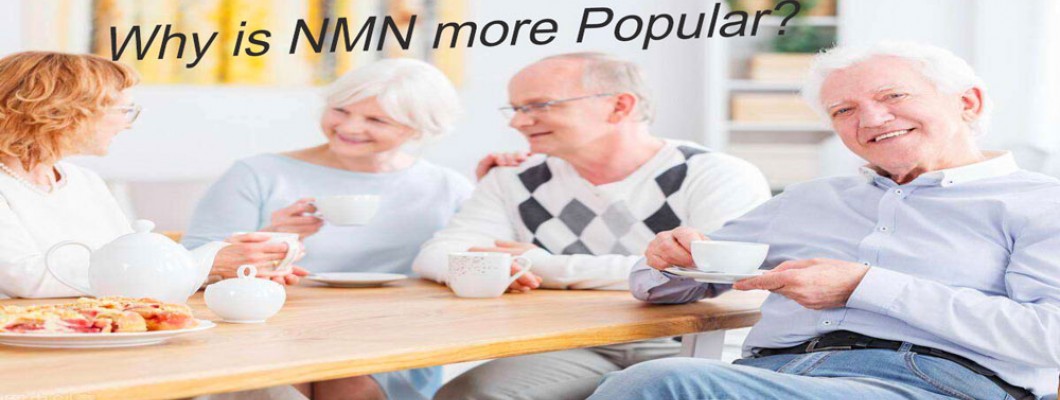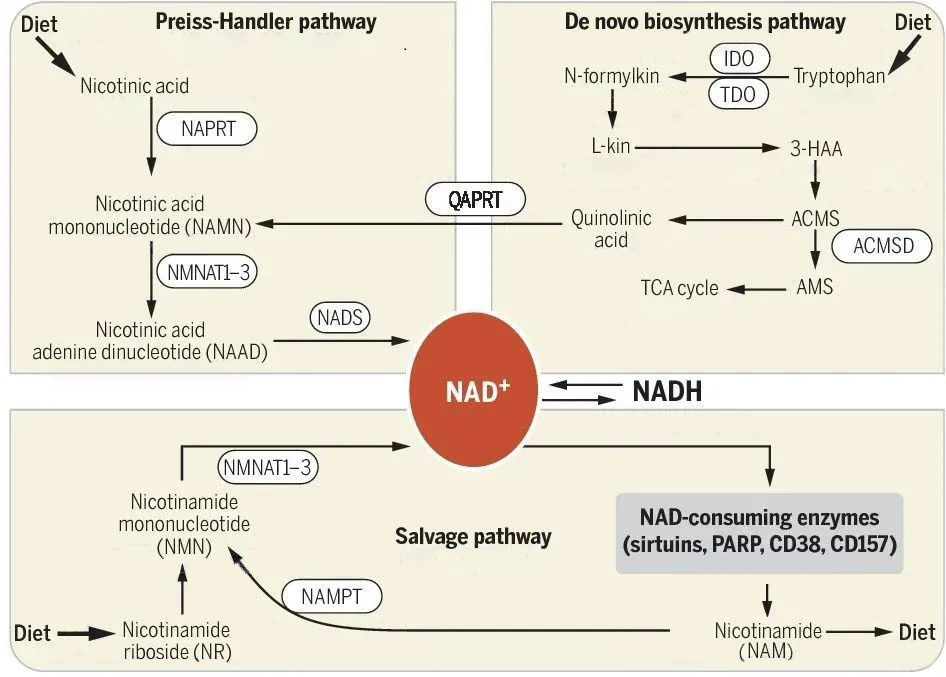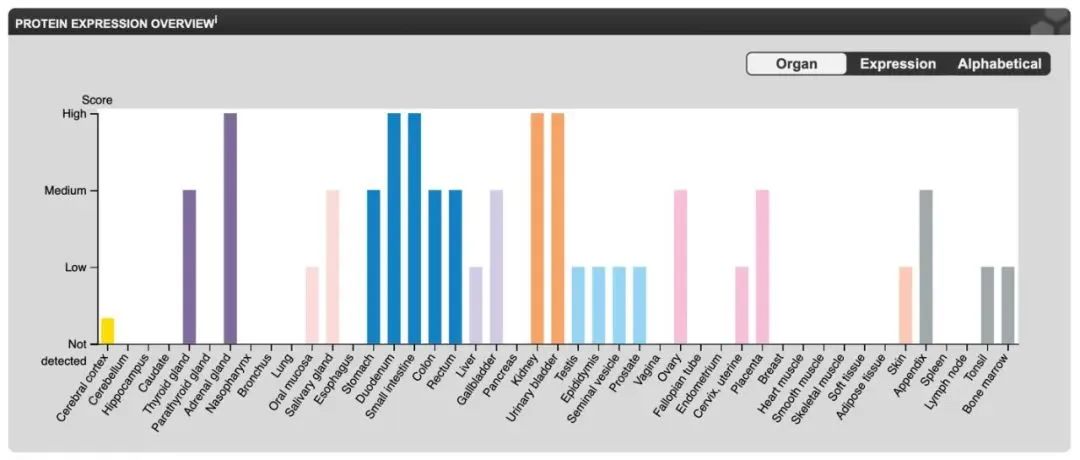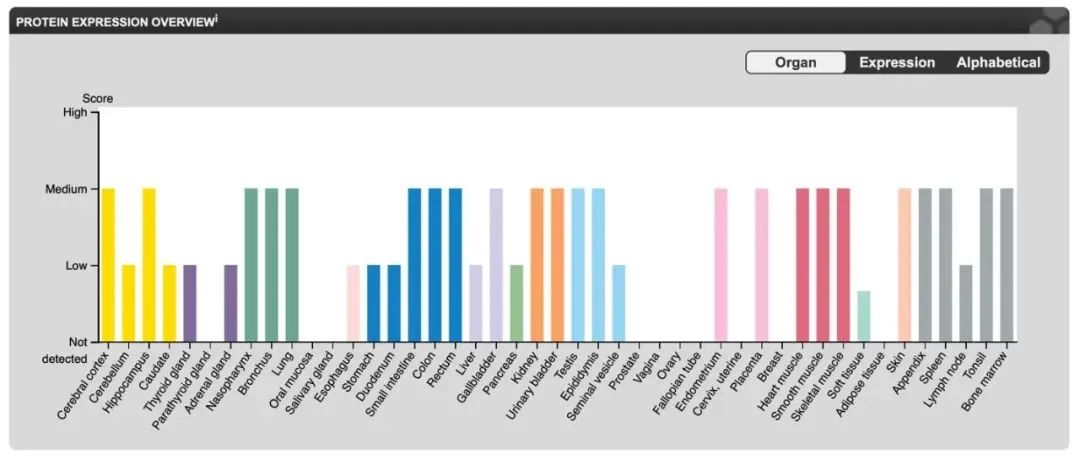
NAD+, full name nicotinamide adenine dinucleotide (oxidation state), acts primarily as an enzyme for communication between the mitochondria and the nucleus, repairing DNA and activating longevity genes.
The NAD+ level in the body decreases significantly with age, so if it can be boosted by external supplementation, it can have the effect of so-called longevity. However, NAD+ is a large molecular structure and cannot break through the cell wall, so direct oral administration is ineffective and NAD+ must be supplemented indirectly through metabolism by taking or injecting NAD+ precursors.
In 2020, Nature magazine listed the world's most promising anti-ageing substances, and NAD+ and its precursors were in the top tier, with a total of five precursors including niacin, tryptophan, nicotinamide, NR and beta-nicotinamide mononucleotide (NMN) . All of these substances can be converted to NAD+ in terms of scientific theory, but in terms of practical application as NAD+ supplements, it is NMN that has been almost exclusively available in recent years. Currently, NMN is the core ingredient in the majority of NAD+ supplements on the market.
Why is NMN the best choice for NAD+ supplements? Next let's go through the three major synthetic pathways to distinguish the pros and cons of the five major precursors.
1, Niacin/NA into NAD+ via the Preiss-Handler pathway.
2, Tryptophan/Trp becomes NAD+ via the de novo biosynthesis pathway into the Preiss-Handler pathway.
3. Nicotinamide/NAM, nicotinamide mononucleotide/NMN and nicotinamide ribose/NR become NAD+ via the Salvage pathway.

Conversion pathways of niacin, nicotinamide and tryptophan
Tryptophan/Trp
Tryptophan/Trp synthesis from de novo biosynthesis pathway, with its long cycle time and low efficiency, is an amino acid that is widely found in a variety of foods and has been considered the least effective NAD+ precursor.
Niacin/NA
Niacin/NA, which is found in many foods and is involved in the metabolism of lipids as well as sugars and proteins, releases energy and requires at least three enzymes to be involved in the synthesis of the Preiss-Handler pathway in order to be successfully converted to NAD+ in tissues, all of which, however, are highly tissue specific.
Niacin is efficiently utilised by some tissues, but is ineffective in others, being efficiently converted to NAD+ in only a few tissues in the kidney and pancreas, and then released into the circulatory system as a metabolite in the form of nicotinamide for NAD+ replenishment to other tissues via the Salvage pathway.

The NAPRT enzyme, which is essential for the synthesis of NAD+ from niacin, is highly tissue-specific, with high activity in the digestive system but little activity in cardiac muscle, skeletal muscle, brain, and lung tissues

The NADS enzyme, necessary for the synthesis of NAD+ from niacin, is also extremely tissue-specific, with only moderately strong activity in most tissues and extremely low levels in tissues such as fat and thyroid
The amount of niacin converted to niacinamide is a full order of magnitude less than the amount of tryptophan converted to niacinamide, meaning that the conversion is not as efficient as tryptophan.
Secondly, of all the pathways that synthesise NAD+, the total NAD+ synthesised by the de novo and Preiss-Handler pathways accounts for less than 15% of the total NAD+ in the body, meaning that the proportion of NAD+ synthesised by niacin and tryptophan is very low and not cost-effective.
Nicotinamide / NAM
Niacin, niacinamide and tryptophan have some restrictions on intake. The most common side effects are redness, itching or tingling of the skin and chronic overconsumption can trigger hepatotoxicity.
Niacinamide has an inhibitory effect on SIRT (longevity gene) and PARP1 (DNA repair), and excessive accumulation of niacinamide in the body is harmful and does not lead to life extension.
According to data given by the NIH, negative effects may occur when niacin intake is greater than 30 mg, and when niacin is used as an NAD+ supplement, the measurement basically starts at hundreds of mg.
Nicotinamide Ribose/NR and Nicotinamide Mononucleotide/NMN
1. Nicotinamide Ribose / NR
NR, a precursor of NMN, enters the body and needs to be converted to NMN by NPK1-2 phosphorylation and then from NMN to NAD+. In contrast, there are no NPK1 and NPK2 enzymes in the mitochondria to convert NR to NMN, which means that NR is difficult to function in the mitochondria.
2.Nicotinamide mononucleotide/NMN
NMN acts as a direct precursor to NAD+, which is readily and directly converted to NAD+ by the enzyme NMNAT. after oral administration of NR, most of it is not converted to NMN, but is digested into nicotinamide.
The large accumulation of nicotinamide in the body is detrimental and does not alter the restriction of NAMPT, the rate-limiting enzyme of the Salvage pathway, and eventually only a small proportion of NR becomes NMN and continues to participate in the synthesis of NAD+.
In contrast, NMN is not only absorbed very rapidly in the body, but also bypasses the bottleneck of rate-limiting enzymes and is able to be converted directly to NAD+ as evidenced by:
1. NMN can be absorbed intact through the digestive system.
2. Enters the bloodstream in 2-3 minutes and elevates NMN levels in tissues within 15 minutes.
3. Rapidly boosts NAD+ levels in the blood, liver and other organs.
Conclusion
The tortuous pathway for the synthesis of NAD+ from tryptophan/Trp and nicotinic acid/NA and less than 15% of the total amount of NAD+ synthesized, so it is excluded.
Niacinamide/NAM inhibits the action of SIRT (longevity gene) and PARP1 (DNA repair) and excessive accumulation of niacinamide in the body is harmful.
Nicotinamide mononucleotide/NMN rapidly converts NAD+ with short pathways, high efficiency and speed. And since NMN end products currently have the highest market share, it seems inevitable that NMN is the hottest.
Finally, it is worth noting that NMN supplementation with NAD+ should be accompanied by a scientific diet and reasonable exercise to improve internal circulation, which is the right way to slow down the ageing process.

Leave a Comment